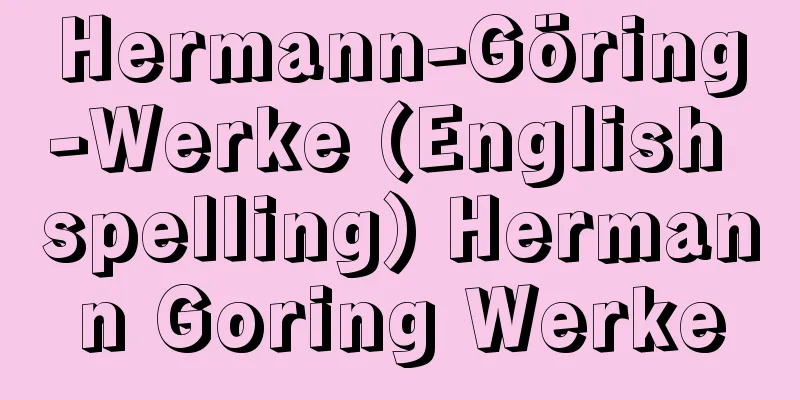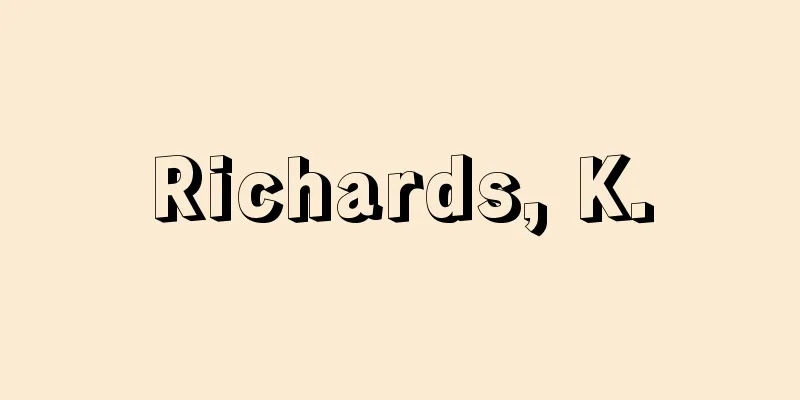Shostakovich

|
Russian (Soviet) composer and pianist. Born to a Polish father and a pianist mother. He showed extraordinary talent from an early age, and studied at the Petrograd Conservatory (renamed the Leningrad Conservatory during his studies, now the St. Petersburg Conservatory) in his birthplace from 1919 to 1925. His graduation work, Symphony No. 1 (1924-1925, premiered in 1926), attracted worldwide attention, and he quickly demonstrated his talent with works such as The Nose (premiered in 1930), based on an original work by Gogol. He also worked on incidental music for plays and film music, and became friends with the director Meyerhold. In 1934, the premiere of his second opera, Lady Macbeth of Mtsensk, based on an original work by Leskov, was a great success, and he established his position as a composer. From the following year, the piece was performed in Europe and the US, and his fame grew, but in 1936, he was criticized by the newspaper Pravda and banned from performing. After that, he was officially criticized by the Soviet authorities, who advocated "socialist realism," more than a dozen times throughout his life, including the "Zhdanov Criticism" in 1948 (see Zhdanov), and his creative activities followed a complicated path amid the exchanges. In 1943, he produced one of his masterpieces, Symphony No. 8. Although he suffered from heart disease from the mid-1960s, his music continued to deepen, and he continued to write masterpieces, including Symphony No. 14, Song of the Dead (1969, dedicated to his close friend Britten), which used poems by Garcia Lorca and Apollinaire. In addition to 15 symphonies (premiered 1926-1972) and 15 string quartets (premiered 1939-1974) that followed Mahler's work, there are two violin concertos (1947-1948, 1967) and two cello concertos (1959, 1966) premiered by Oistrakh and Rostropovich, Seven Romances (1967) based on poems by Blok, and many songs, as well as chamber music such as the Violin Sonata (1968). → Ninth Symphony / Prokofiev / Mussorgsky → Related topics Kabalevsky | Glazunov | Symphony | Hartmann | Piccolo | Pokrovsky | Myaskovsky | Richter | Russian National School Source : Heibonsha Encyclopedia About MyPedia Information |
|
ロシア(ソ連)の作曲家,ピアノ奏者。ポーランド人の血を引く父とピアノ奏者の母の間に生まれる。早くから並外れた天分を示し,1919年−1925年生地のペトログラード音楽院(在学中にレニングラード音楽院と改称,現ペテルブルグ音楽院)に学ぶ。卒業作品《交響曲第1番》(1924年−1925年,初演1926年)で世界的な注目を集め,続いてゴーゴリ原作のオペラ《鼻》(初演1930年)などで早くも才能を縦横に発揮。また劇付随音楽や映画音楽でも活躍し,演出家メイエルホリドと交友を結ぶ。1934年,レスコフ原作のオペラ第2作《ムツェンスク郡のマクベス夫人》の初演が大成功をおさめ,作曲家としての地位を確立。翌年から欧米各地でも上演され名声を高めるが,1936年《プラウダ》紙の批判を浴び,上演禁止処分を受ける。以後1948年の〈ジダーノフ批判〉(ジダーノフ参照)をはじめ,〈社会主義リアリズム〉を掲げるソビエト当局による公式批判は生涯に十数回に及び,その応酬の中で創作活動は複雑な軌跡を描いた。1943年,代表作の一つ《交響曲第8番》を発表。1960年代半ばからは心臓疾患に苦しむが,音楽はさらに深みを増し,ガルシア・ロルカ,アポリネールらの詩を用いた《交響曲第14番・死者の歌》(1969年。親友のブリテンに献呈)などを頂点とする傑作群が書き継がれた。マーラーの業績を継ぐ15曲の交響曲(初演1926年−1972年),15曲の弦楽四重奏曲(初演1939年−1974年)をはじめ,オイストラフ,ロストロポービチにより初演された各2曲のバイオリン協奏曲(1947年−1948年,1967年)とチェロ協奏曲(1959年,1966年),ブロークの詩による《7つのロマンス》(1967年)ほか数多くの歌曲,《バイオリン・ソナタ》(1968年)などの室内楽曲がある。→第九交響曲/プロコフィエフ/ムソルグスキー →関連項目カバレフスキー|グラズノフ|交響曲|ハルトマン|ピッコロ|ポクロフスキー|ミヤスコフスキー|リヒテル|ロシア国民楽派 出典 株式会社平凡社百科事典マイペディアについて 情報 |
Recommend
arecolin
...If used regularly, it will turn the inside of ...
Ocular muscle palsy
What is the disease? When we follow an object wit...
Enkianthus cernuus (English spelling) Enkianthuscernuus
… [Kei Yamazaki]. … *Some of the terminology expl...
Elamite script - Elamite characters
… Elam, adjacent to Babylonia, was one of the fir...
Aksakov, IS - Aksakov
...Russian thinker. Son of ST Aksakov. His elder ...
Zaraida horishana (English spelling) Zaraidahorishana
… [Yoshihiro Hori]. … *Some of the terminology ex...
Takeshi Shrine - Bushishi
This stone ancestral hall was built in the gravey...
Basarab
… [Founding of the Principality of Wallachia] Acc...
Residual sovereignty
When it is recognized that country B's admini...
Demonetization of gold
…The price of gold began to rise sharply, and qui...
Costus malortieanus (English spelling)
…[Ichiro Sakanashi]. … *Some of the terminology t...
Excalibur
…Here is one impressive scene involving hands fro...
Aircraft noise
Noise caused by aircraft taking off and landing. ...
The Vicar of Wakefield
A novella by British author O. Goldsmith. Publish...
Mesitylene
1,3,5-trimethylbenzene. C 9 H 12 (120.19). Found ...



![Sakaiminato [city] - Sakaiminato](/upload/images/67cba78bdb9ca.webp)
![Kumano [town] - Kumano](/upload/images/67cb6bc2290bd.webp)




